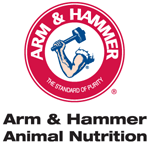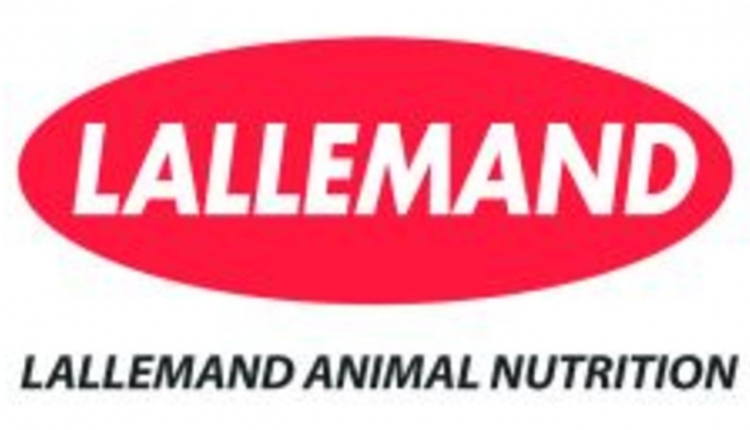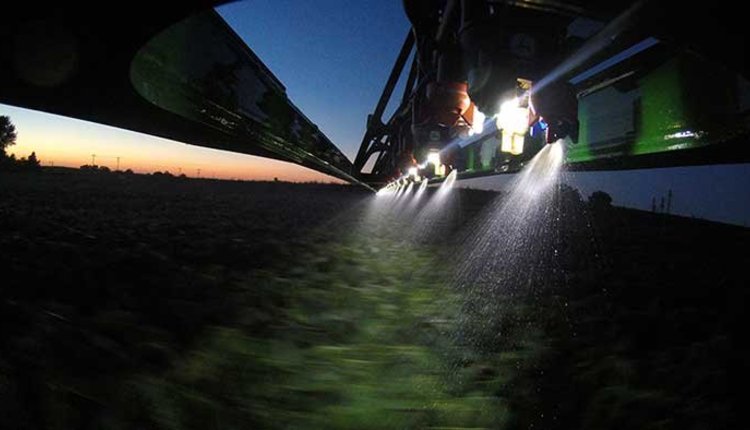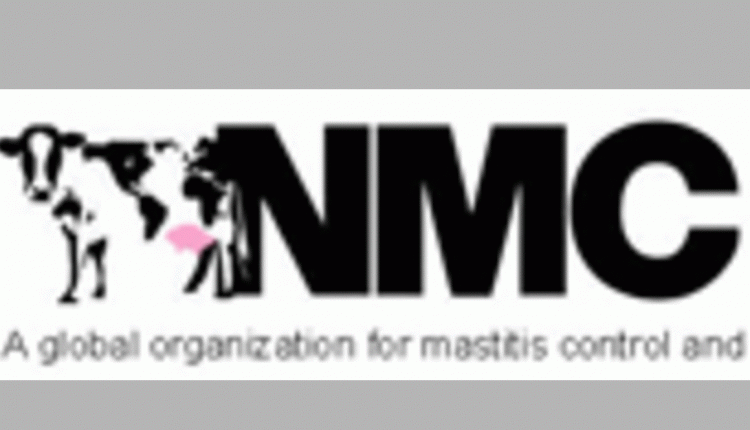Dairies only need to include this single ingredient in rations to gain multiple benefits from MOS, beta glucans, D-mannose and more found in Refined Functional Carbohydrates

Dairy producers are always looking to gain an edge on margins, and especially now given current economic conditions.
When Christian Hill Dairy of Lomira, Wisconsin, learned they could cut their feed cost by at least 9 cents per day simply by replacing multiple feed ingredients with CELEMANAX from Arm & Hammer Animal Nutrition in the farm's rations, they quickly took action.
"We've been feeding CELMANAX for more than a year and haven't looked back," says Curt Christian, owner, Christian Hill Dairy. The dairy removed a live yeast product and a beta glucan product from their lactating and transition cow diets, replacing them with CELMANAX-with no slowdown in milk production or reduction in milk quality that can sometimes accompany ration changes. In fact, the dairy noted an uptick in milk quality following the introduction of CELMANAX.
Plus, the feed cost savings quickly added up. The reduction of 9-cents-per-cow-per-day may not seem like a lot initially, but it equates to an extra $189 per day for the 2,100-cow herd. In a year's time, that 9-cent savings totals $68,985.
CELMANAX combines a unique blend of Refined Functional Carbohydrates (RFC) into a single, all-natural formulation that replaces multiple feed ingredients. RFCs are the components harvested from yeast cells (S. cerevisiae) using specific enzymes during the manufacturing process. This enzymatic hydrolysis yields:
- MOS (Mannan Oligosaccharides)
- Beta 1,3-1,6 glucans
- D-Mannose
Dairies can purchase multiple sources of these ingredients, but when they are combined into a single, unique offering, RFCs cost a fraction of their parts.
In addition, the RFCs in CELMANAX help negate the detrimental effects of mycotoxins that sometimes occur in feed. Just as with pathogens, RFCs bind to these toxins-like aflatoxin, DON, fumonisin, T-2 and zeralenone -and prevent gut damage and help maintain feed intake, growth and feed efficiency1,2 explains Elliot Block, Arm & Hammer Animal Nutrition Research Fellow.
Mycotoxins are of issue for dairy farmers and nutritionists because these toxins-which originate from molds-occur with varying frequency, but commonly enough to cause concern. Worldwide estimates suggest about 25 percent of crops are affected annually.3
"Also, because of the multi-functional nature of RFCs (reducing the effects of harmful pathogens, as well as toxins in feed) less energy is needed for fighting infections and supporting the immune system and more energy is available for milk production, synergistically helping animal performance," he adds.
"In this day and age, most dairies have to purchase at least some of their feed," says Christian. "That means you have to feed some kind of binder to protect cows because you don't always know if the feed contains aflatoxins. I'd rather feed a product like CELMANAX that not only provides an insurance policy for the herd, but also has additional benefits."
To learn more about RFCs and CELMANAX, visit AHanimalnutrition.com.
7.07.2016








